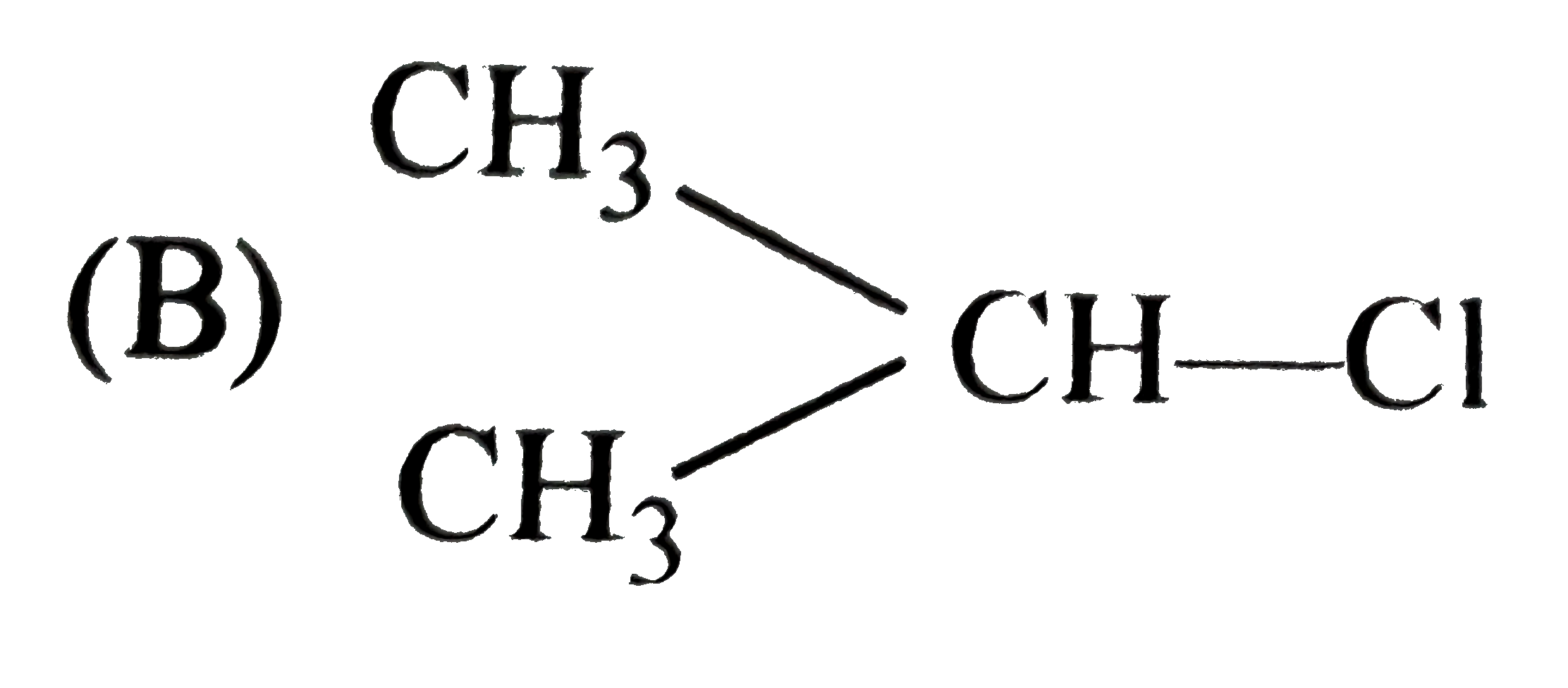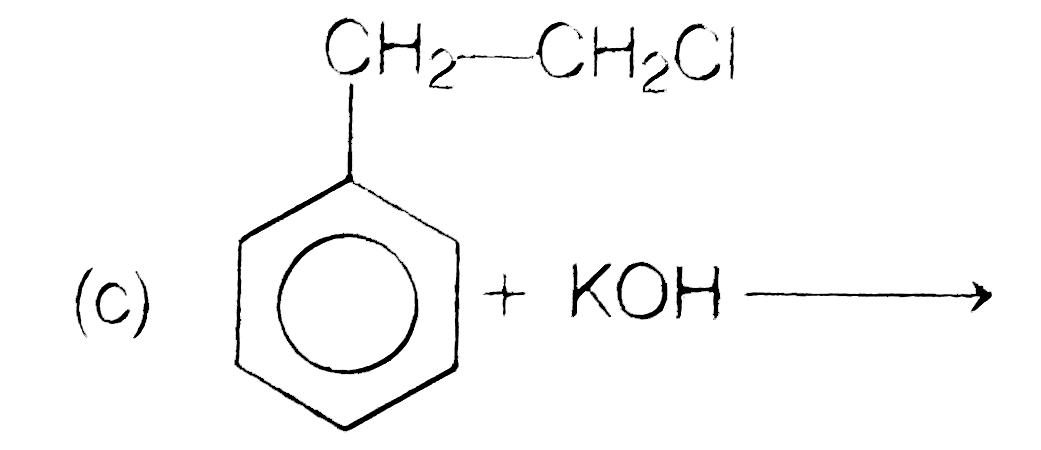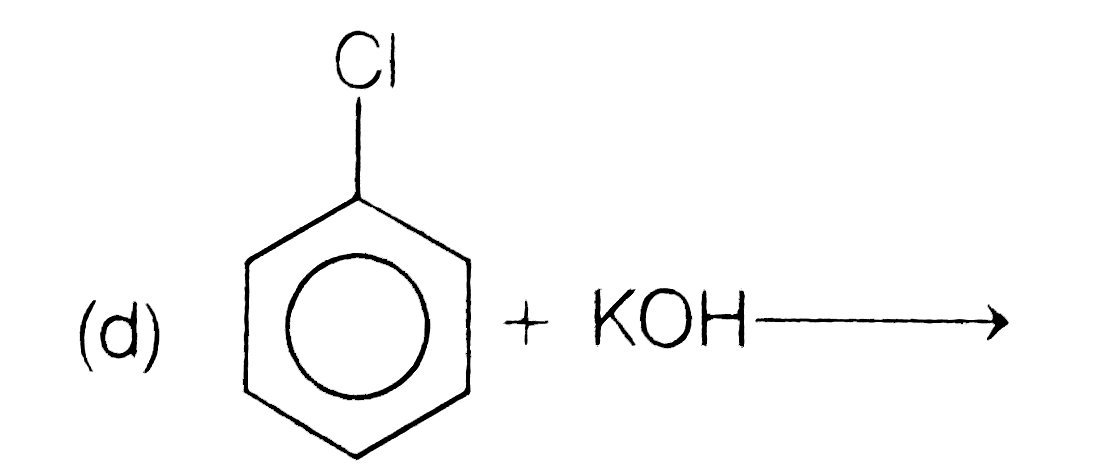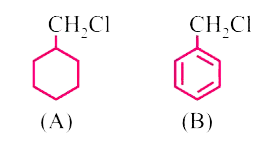reaction is faster in

The correct Answer is:C
Tertiary butyl carbocation is the most stable.
Topper's Solved these Questions
- BOOK - DINESH PUBLICATIONCHAPTER - ORGANIC COMPOUNDS WITH FUNCTIONAL GROUP CONTAINING HALOGENS EXERCISE - Selected Straight Objective Type MCQs78videos
ORGANIC COMPOUNDS WITH FUNCTIONAL GROUP CONTAINING HALOGENS
- BOOK - DINESH PUBLICATIONCHAPTER - ORGANIC COMPOUNDS WITH FUNCTIONAL GROUP CONTAINING HALOGENS EXERCISE - Linked Comprehension Type MCQs8videos
ORGANIC COMPOUNDS WITH FUNCTIONAL GROUP CONTAINING HALOGENS
- BOOK - DINESH PUBLICATIONCHAPTER - ORGANIC COMPOUNDS WITH FUNCTIONAL GROUP CONTAINING HALOGENS EXERCISE - UNIT TEST - 537videos
ORGANIC COMPOUNDS WITH FUNCTIONAL GROUP CONTAINING HALOGENS
- BOOK - DINESH PUBLICATIONCHAPTER - NO IDEAEXERCISE - Unit Test -1videos
NO IDEA
- BOOK - DINESH PUBLICATIONCHAPTER - POLYMERSEXERCISE - Matrix5videos
POLYMERS
Similar Questions
Knowledge Check
- Question 1 - Select One
Statement -1 : Rate of SN1 reaction is faster than that of SN2 reaction
Statement -2 : SN2 reaction is favoured by polar aprotic solvent
Statement -3 : SN1 reaction involves racemizationATTTBFFTCFTTDTFT - Question 2 - Select One
SN1 reaction is feasible in
A B
B C
C D
D
- Question 3 - Select One
SN1 reaction is favoured by _________.
Anon-polar solventsBbulky groups on the carbon atom attached to the halogen atomCsmall groups on the carbon atom attached to the halogen atomDstrong nucleophile
Which of the following compounds would undergo SN1 reaction faster and why ?
 View Solution
View SolutionWhich of the following would undergo SN1 reaction faster in the following case:
C6H5−CH2−BrandC6H5−CH3∣CH−BrView Solution
which of the given compounds would undergo SN1 reaction faster and why?View Solution(i) Why are haloalkanes more reactive towards nucleophilic substitution reaction than haloarenes ?
(ii) Which one of the following two substance sundergoes SN1 reaction faster and why ?
 View Solution
View SolutionWhich alkyl halide from the following pair is (i) Chiral and (ii) undergoes SN1 reaction faster ?
(a) (CH3)3CBr
(b) CH3CH2CHBrCH3View Solution

